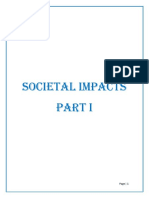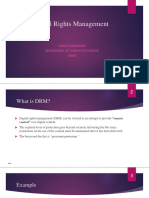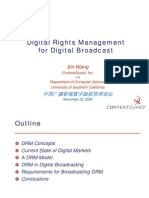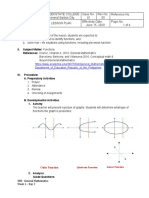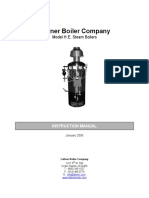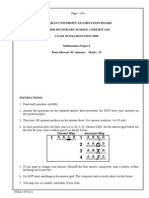0% found this document useful (0 votes)
4 views4 pagesIntro. To Computing
The document discusses software licensing and digital rights management (DRM), explaining the importance of End User License Agreements (EULA) and the distinction between proprietary and open-source software. It highlights how DRM protects copyright, controls access, and prevents unauthorized use of digital content through methods like encryption and authentication. Additionally, it outlines the benefits of DRM for content creators, including revenue protection and control over usage.
Uploaded by
lovecreative14Copyright
© © All Rights Reserved
We take content rights seriously. If you suspect this is your content, claim it here.
Available Formats
Download as PPTX, PDF, TXT or read online on Scribd
0% found this document useful (0 votes)
4 views4 pagesIntro. To Computing
The document discusses software licensing and digital rights management (DRM), explaining the importance of End User License Agreements (EULA) and the distinction between proprietary and open-source software. It highlights how DRM protects copyright, controls access, and prevents unauthorized use of digital content through methods like encryption and authentication. Additionally, it outlines the benefits of DRM for content creators, including revenue protection and control over usage.
Uploaded by
lovecreative14Copyright
© © All Rights Reserved
We take content rights seriously. If you suspect this is your content, claim it here.
Available Formats
Download as PPTX, PDF, TXT or read online on Scribd
/ 4
















